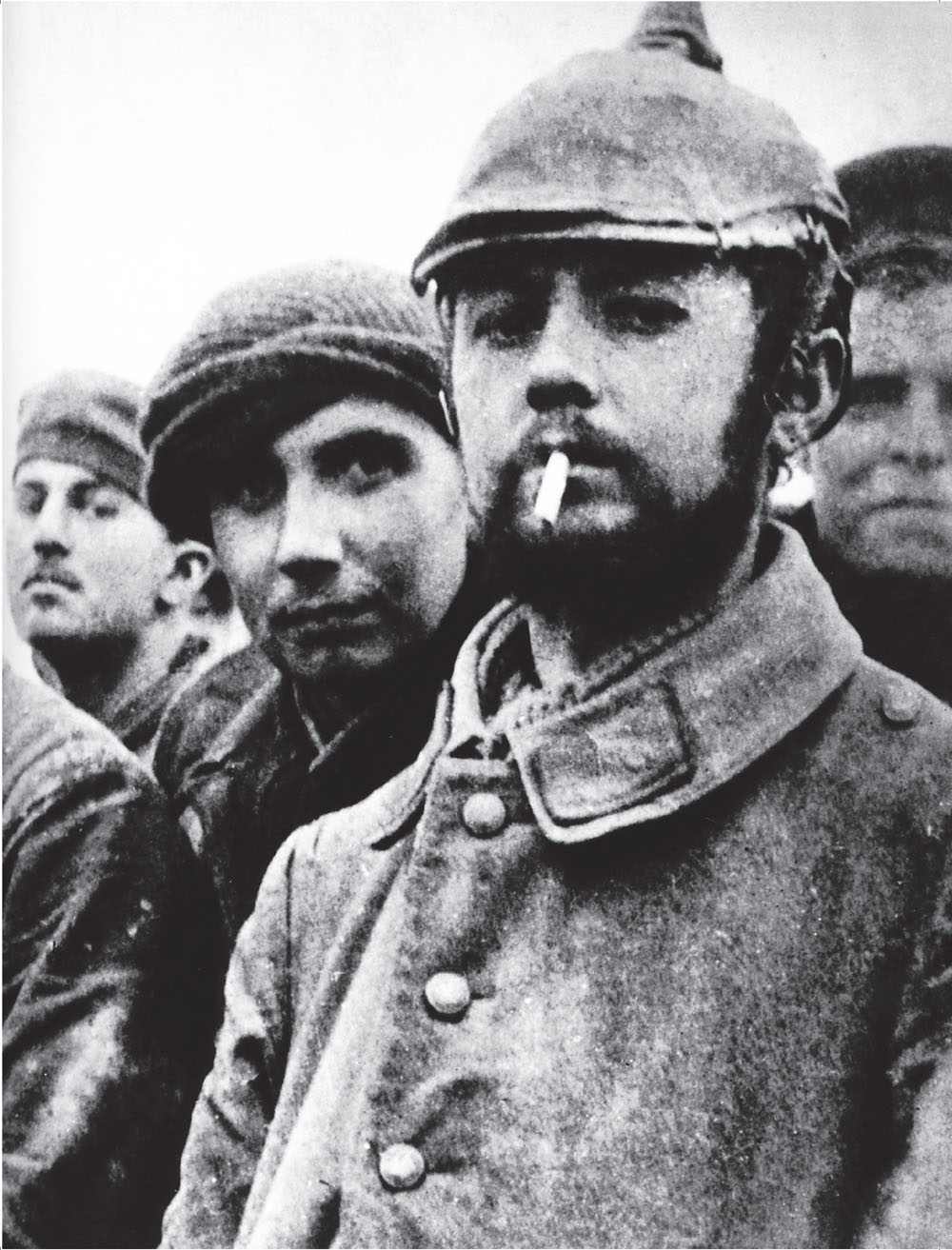
CHAPTER 5
THE CHRISTMAS TRUCE
Although there was no official truce, roughly 100,000 British and German troops were involved in a spontaneous and unofficial cessation of fighting along the length of the Western Front. The first truce started on Christmas Eve, 24th December 1914, when German troops began decorating their trenches in the area around Ypres and Ploegsteert.
The Germans began by placing candles on their trenches and on Christmas trees, then continued the celebration by singing Christmas carols. The British responded by singing carols of their own. The two sides then continued by shouting Christmas greetings to each other. Soon thereafter, there were excursions across no man’s land, where small gifts were exchanged, such as food, tobacco and alcohol, and souvenirs such as buttons and hats. The artillery in the region fell silent. The truce also allowed a breathing spell where recently killed soldiers could be brought back behind their lines by burial parties. Joint services were also held. In many sectors, the truce lasted through Christmas night, but it continued until New Year’s Day in others.
The cartoonist Bruce Bairnsfather, was present at the truce and he recorded the events for posterity: ‘I wouldn’t have missed that unique and weird Christmas Day for anything. … I spotted a German officer, some sort of lieutenant I should think, and being a bit of a collector, I intimated to him that I had taken a fancy to some of his buttons. … I brought out my wire clippers and, with a few deft snips, removed a couple of his buttons and put them in my pocket. I then gave him two of mine in exchange. … The last I saw was one of my machine gunners, who was a bit of an amateur hairdresser in civil life, cutting the unnaturally long hair of a docile Boche, who was patiently kneeling on the ground whilst the automatic clippers crept up the back of his neck.’
A letter written by a doctor attached to the Rifle Brigade, published in The Times on 1 January 1915, reported ‘a football match… played between them and us in front of the trench.’ Royal Field Artillery Lieutenant Albert Wynn wrote of a match against a German team (described as ‘Prussians and Hanovers’) played near Ypres. Games are certainly reported to have been played between teams of opposing armies and include that of the ‘133rd Royal Saxon Regiment who played a game against “Scottish troops”’. Another match was played in the sector of Argyll and Sutherland Highlanders in a letter home published by the Glasgow News on 2 January, it was recorded that a game was played in his sector ‘between the lines and the trenches,’ and, according to the letter, “the Scots” won by a margin of 4–1.

One of a number of photographs which was taken in no man’s land during the Christmas truce of 1914 features both British and German soldiers.
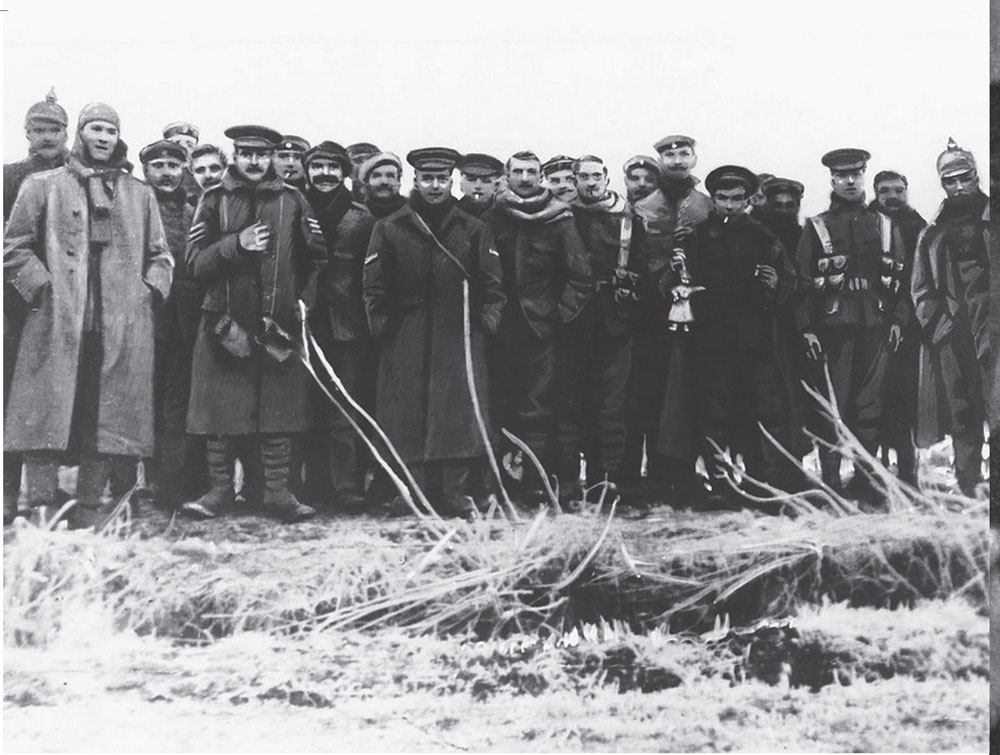
British and German troops hold a temporary truce in 1914.
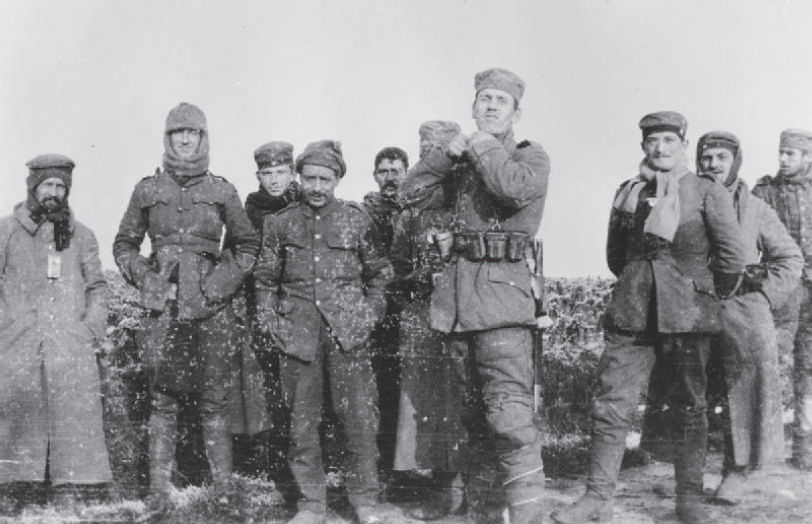
Men of both sides pose for a photograph during the Christmas truce 1914.
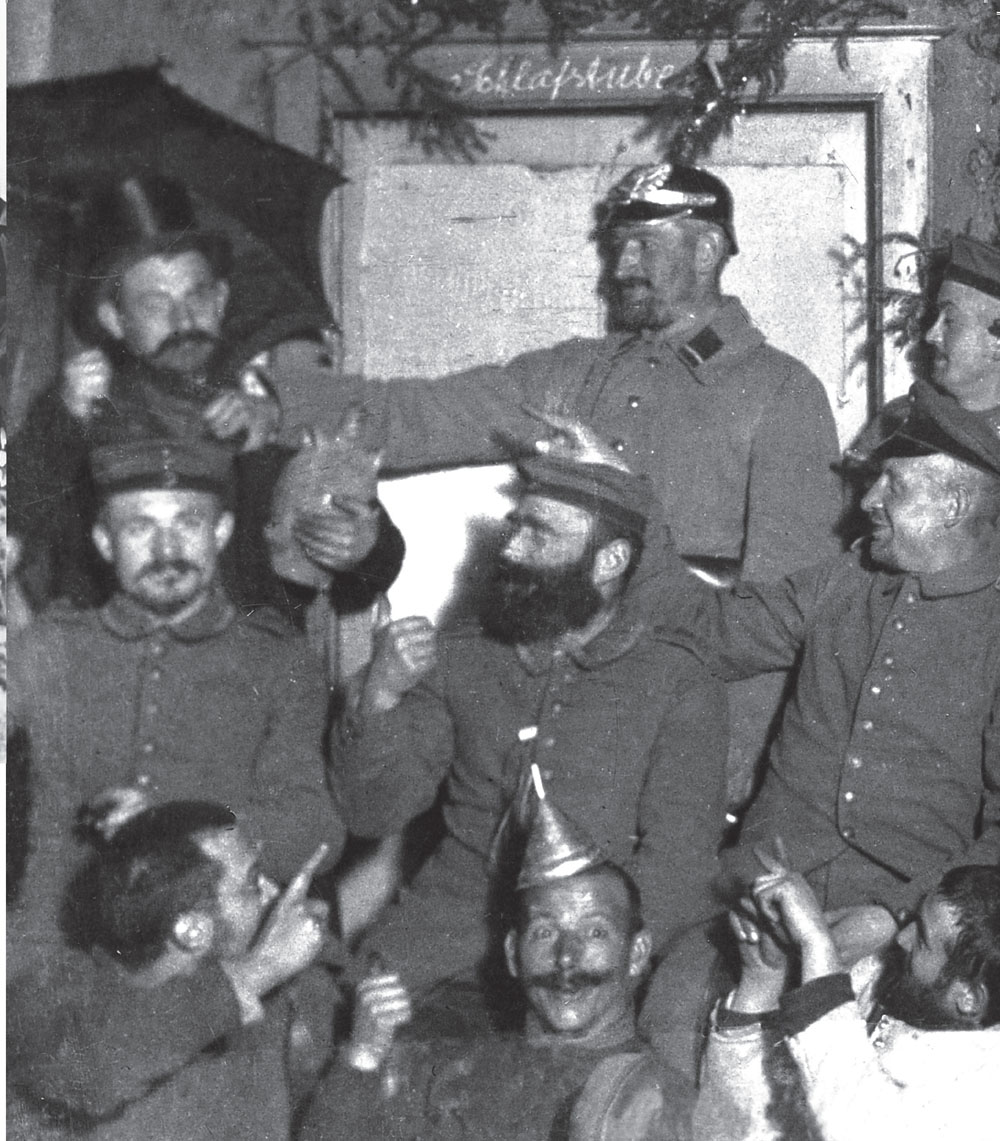
German troops, obviously some way from the front, celebrating New Year’s Eve
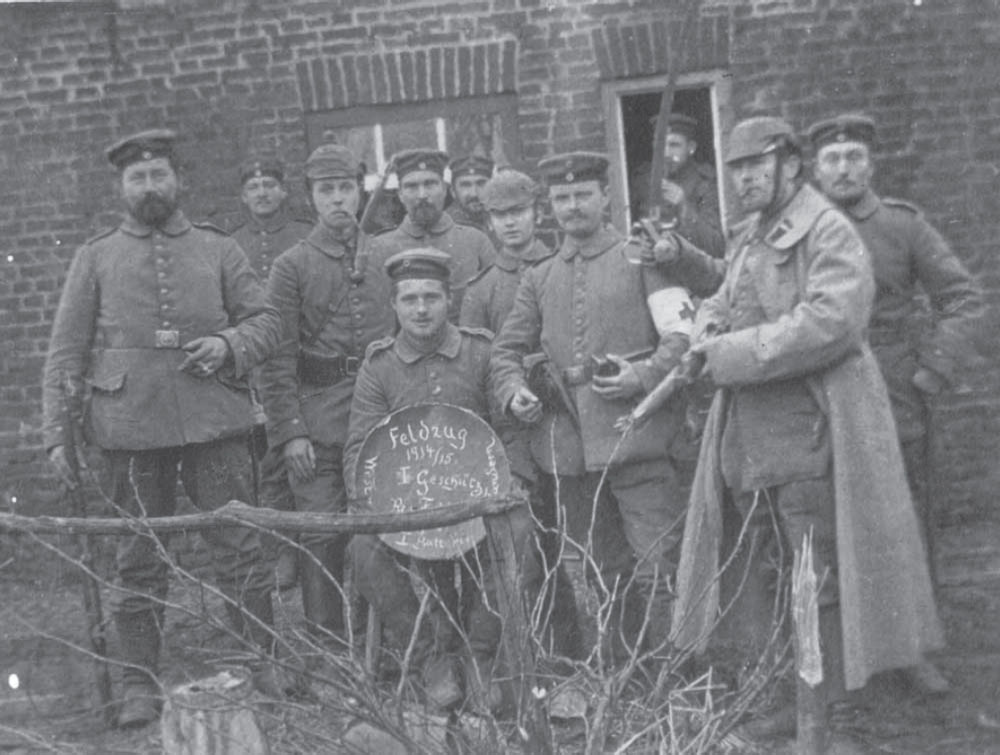
German comrades celebrating during the festive season 1914-1915.
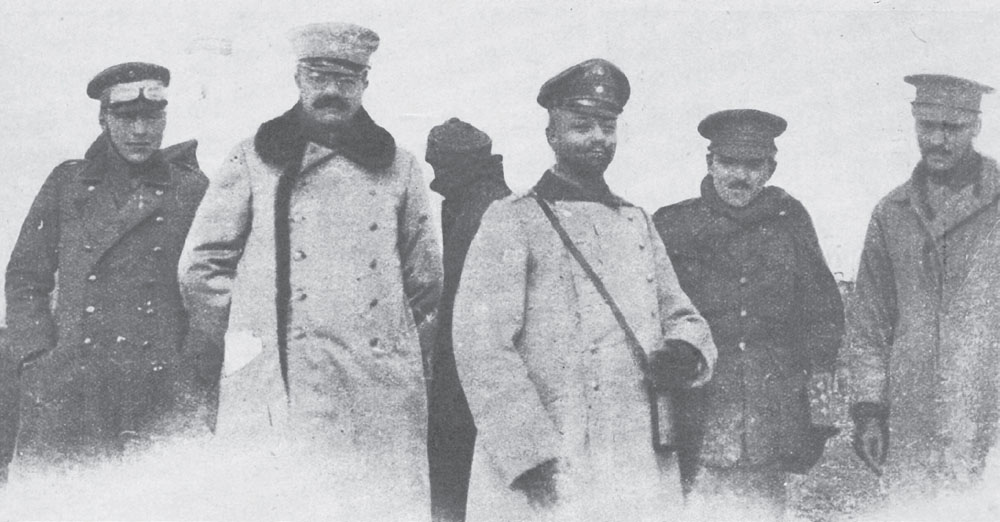
British and German officers fraternizing near Ypres, December 1914.
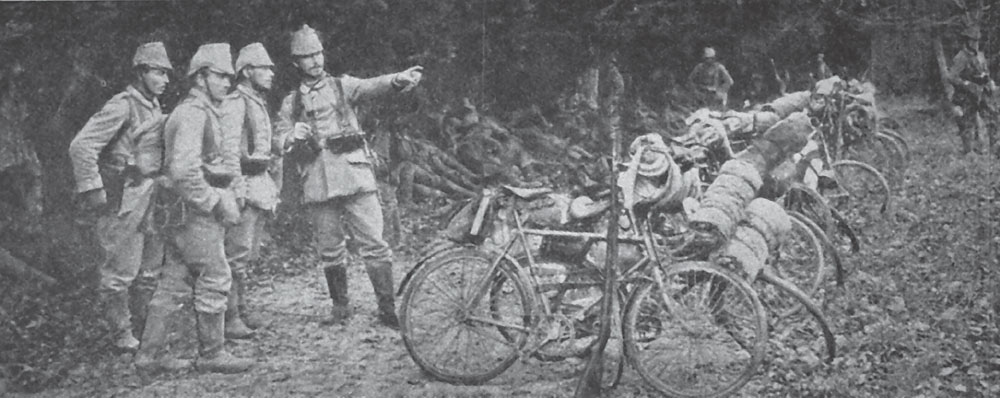
German cyclists were widely deployed on the advance into Belgium and France.
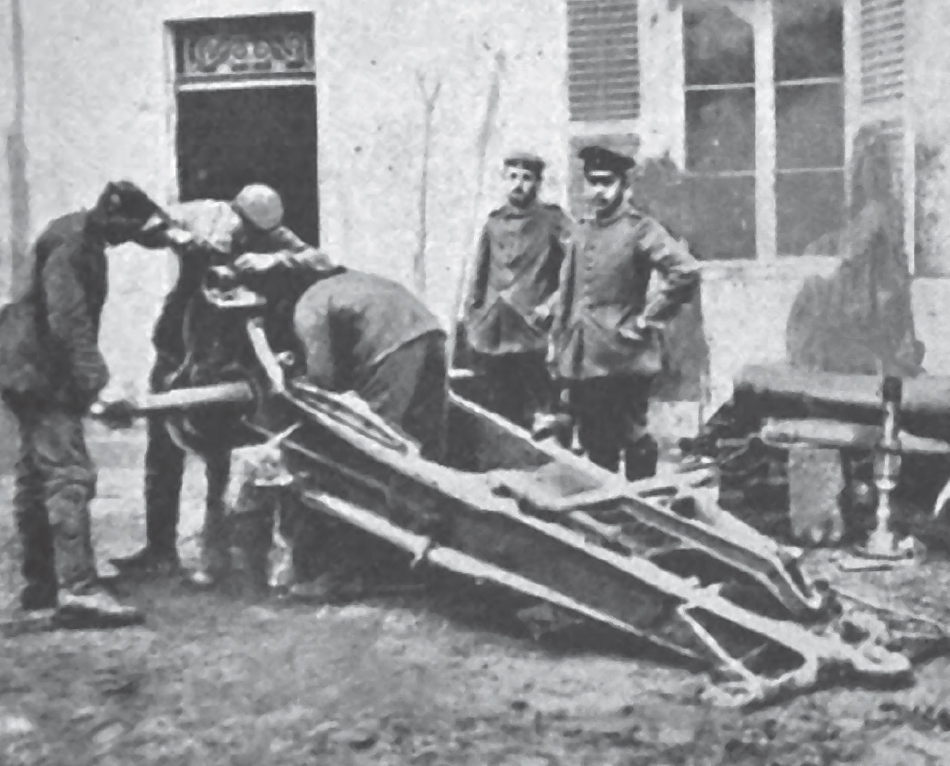
A gun carriage under repair in a German mobile workshop behind the front.
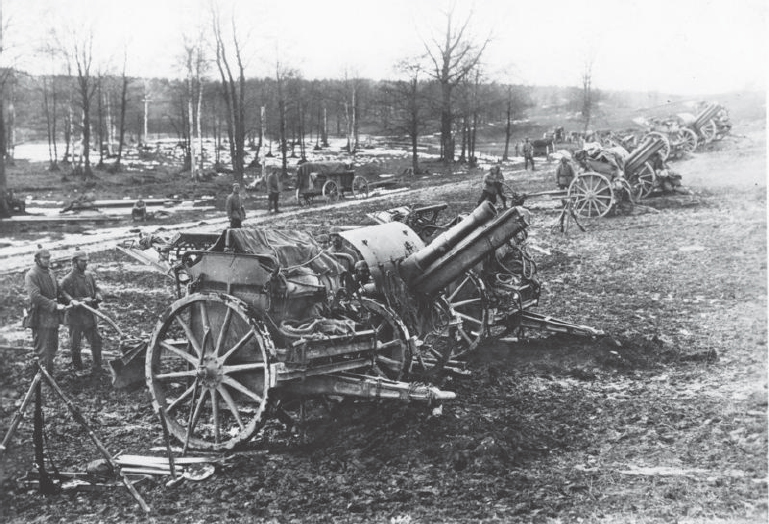
German howitzers prepare to bombard the British positions in the salient.
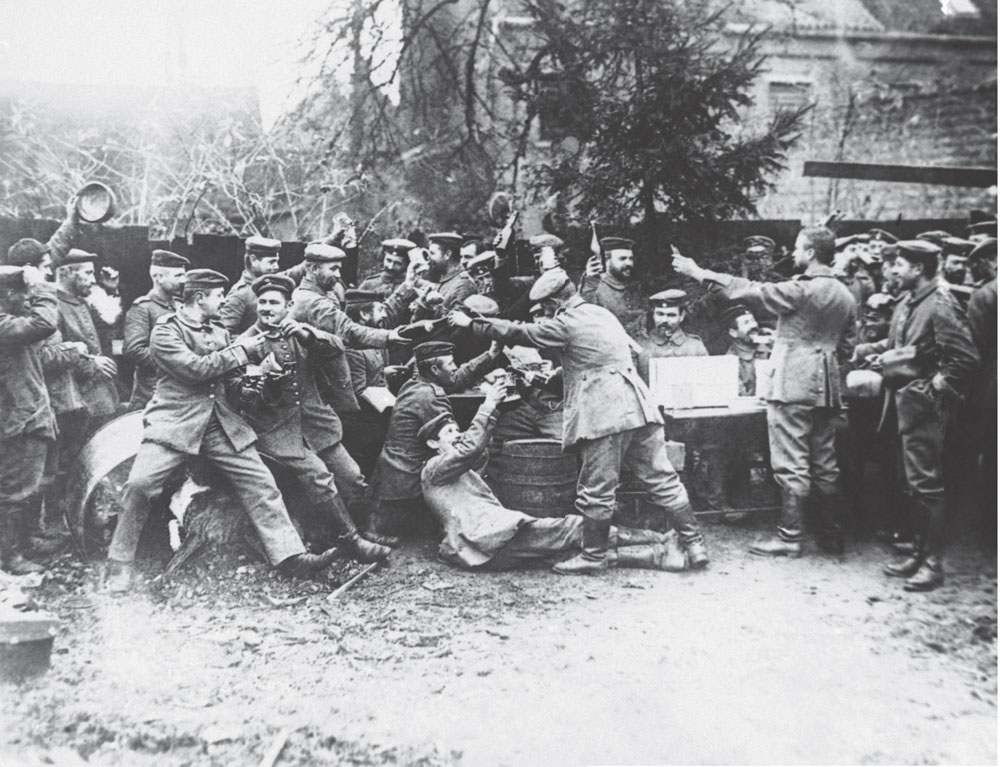
German troops involved in a spirited 1914 Christmas celebration.